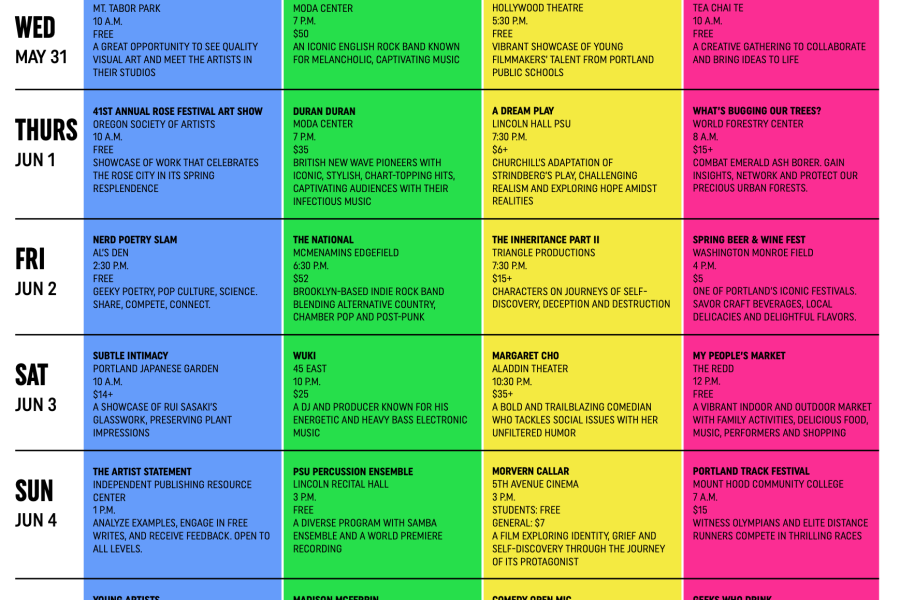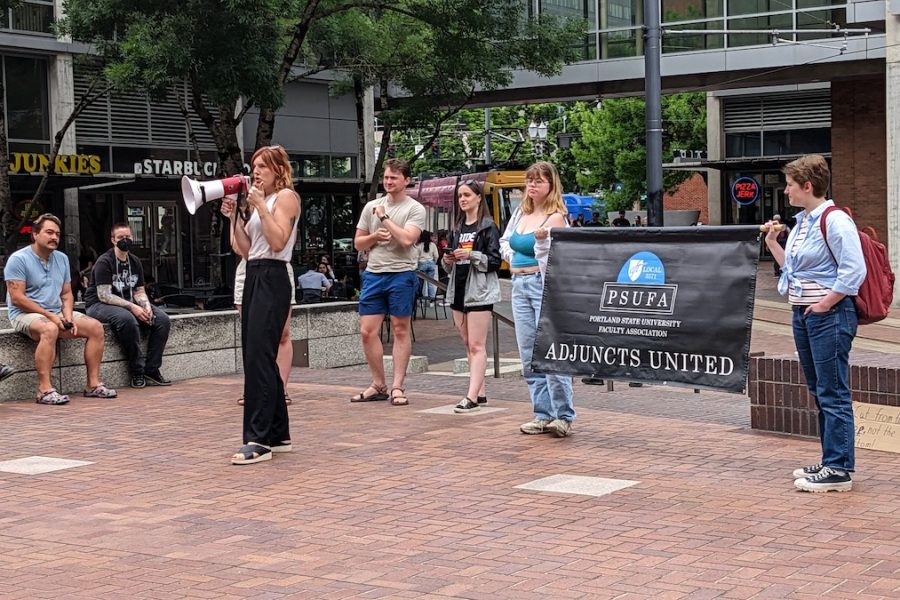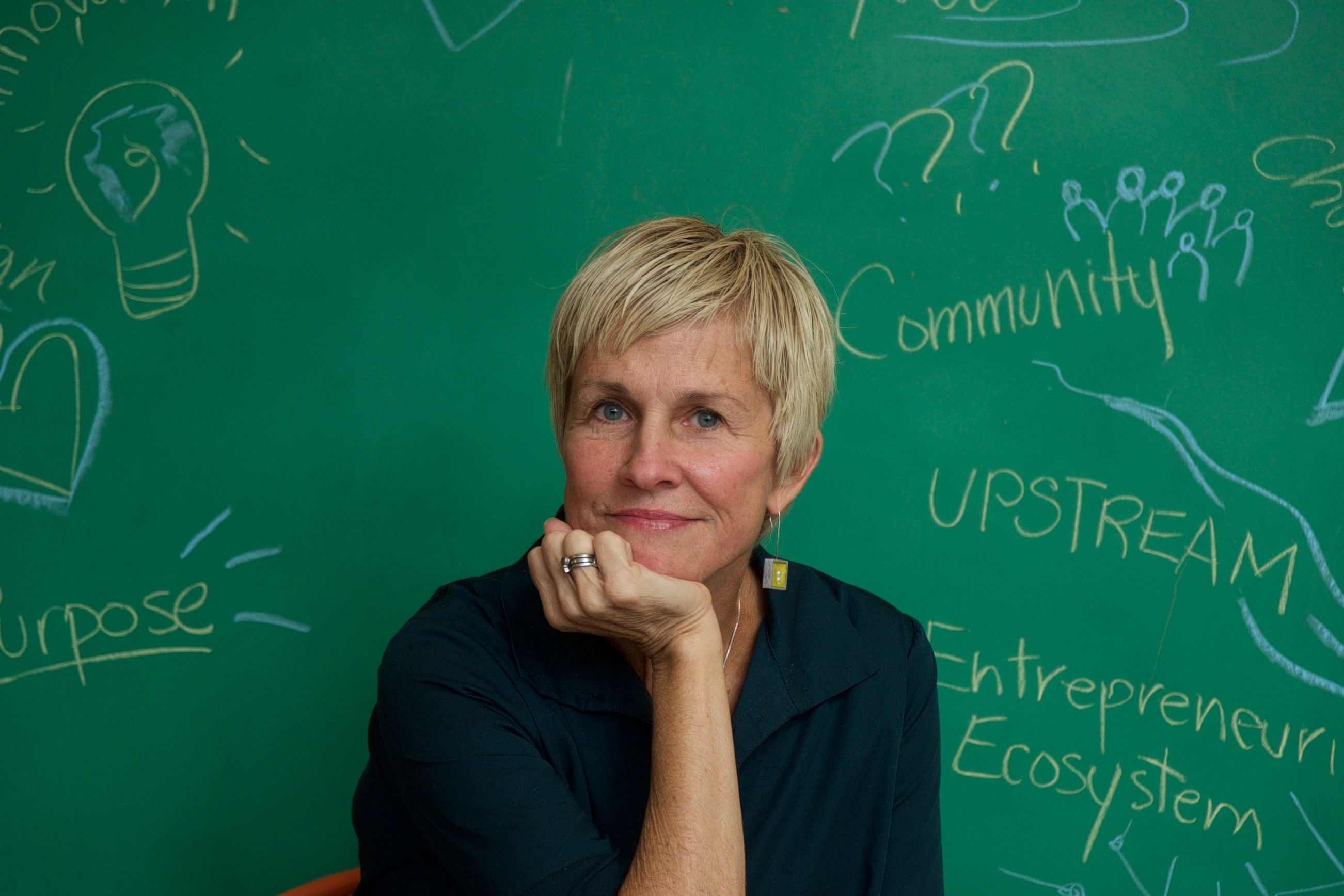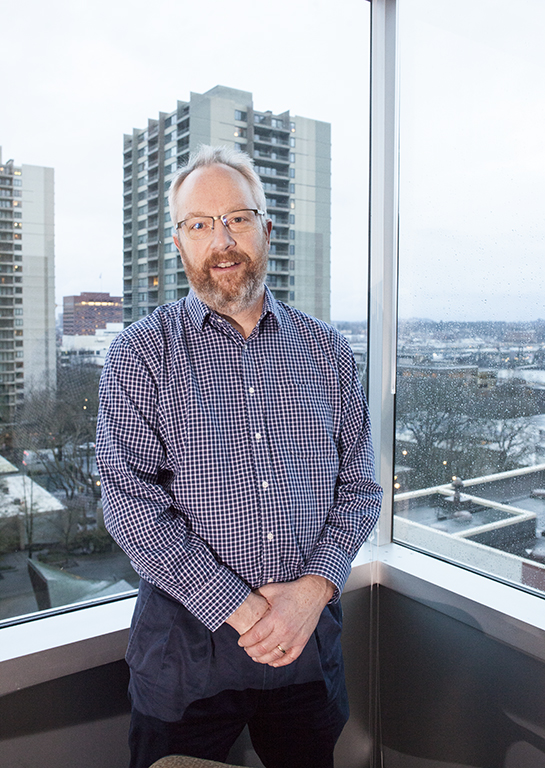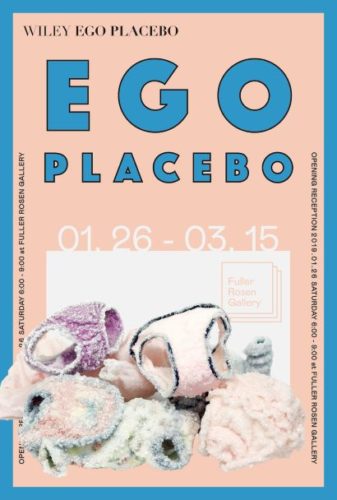Science can sometimes feel inaccessible, but considering its importance in our lives, it is logical that we strive to improve its accessibility. Science events serve as a means to bridge the gap between scientific concepts and lay audiences. They allow individuals to engage tangibly with complex topics, fostering interaction and exploration in often fun and exciting ways.
The now-past Ideathon event was an example of how science events can be engaging and informative, providing a hands-on learning experience. Moreover, this event was unique in that it stressed the importance of an interdisciplinary approach to science and found that “interdisciplinarity sparked creativity that no one domain could achieve on its own,” as the compassionate computing lab team stated.
In my experience, this was very true—the interaction between the different disciplines allowed for different perspectives and strengths to add to the project.

The student participants spanned nine different disciplines—computer science, communication, creative writing, mechanical engineering, engineering and technology, management, finance, world languages, data analysis and English. Each person brought a new dimension to the process.
The project’s goal was to develop a way to communicate climate change issues to people in Oregon. When exploring what this would look like, Dr. Kathi Inman Berens pointed out, from her perspective as a mentor for the event and with her discipline being English, the importance of recognizing the audience we were writing for to make our message appealing to said audience.
In the panel discussion we had toward the end, Dr. Berens pointed out that when discussing climate change, it is essential to include both fear and, more importantly, and often overlooked, hope. “Ideally, we build stories and have a lot of emotional variabilities,” Dr. Berens said.
She pointed out the power of storytelling and how one person’s action toward creating an ecologically friendly narrative can spark scientific curiosity in another and lead to a chain reaction of people taking action toward sustainability on a larger scale. “A story can be contagious,” Dr. Berens said. “We can’t underestimate the good work you’re doing, even with small things.”
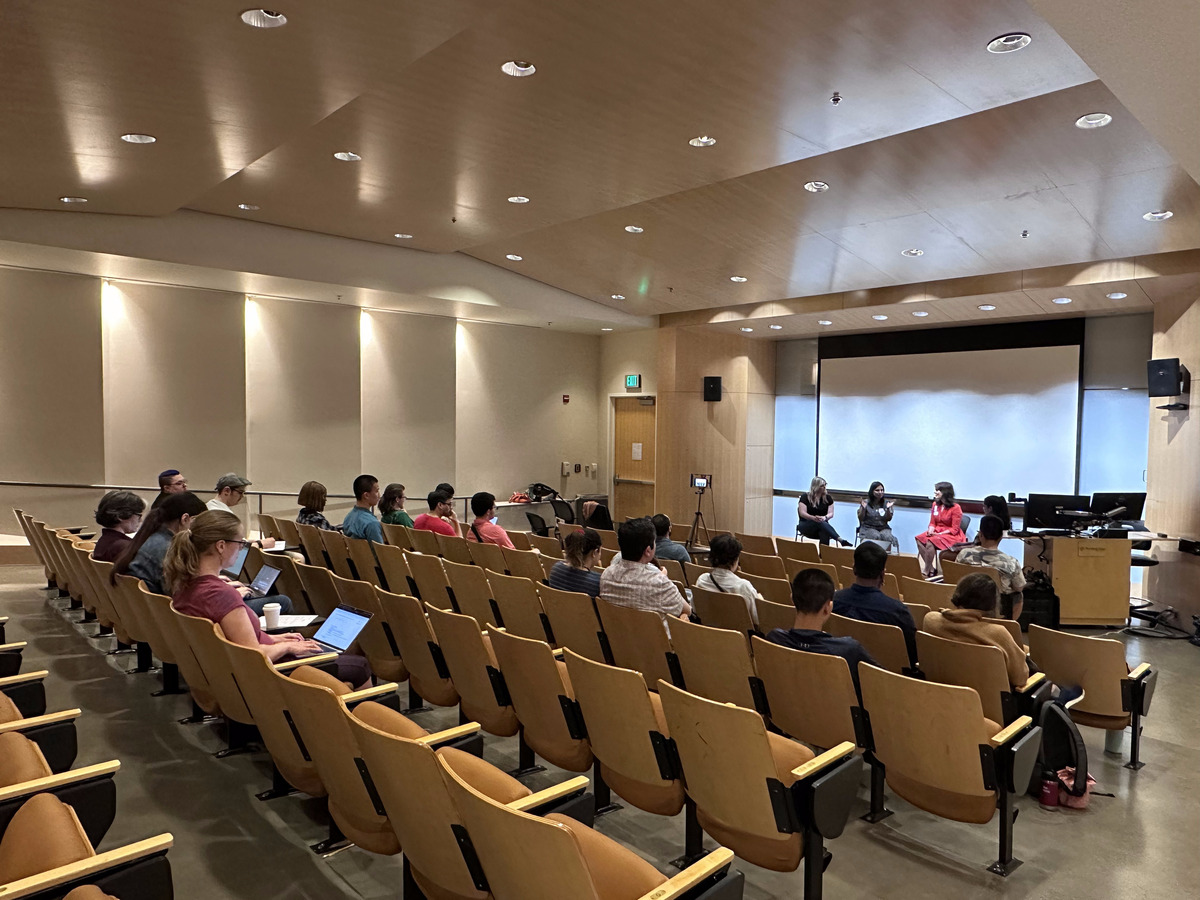
All of the groups recognized the importance of storytelling in their projects. For example, my group did a play that discussed the importance of sustainable farming with our audience being rural Oregonians, specifically those who did not believe in climate change. The storytelling element was crucial, as this approach aimed to share a powerful story and encourage others to share the message with their friends.
Another group made a graphic novel, again tapping into that sharing of a powerful message on a mass scale to impact a more extensive number of people to take protective climate action.
Dr. Brianne Suldovsky—from her perspective as a mentor for the event and with her discipline being science communication—added to the sentiment of making a message appealing to specific audiences by pointing out the different groups that you can segment your audience into based on their feelings on climate change.
This ranged from alarmed, to very concerned about climate change, to dismissive—those who do not believe climate change is happening. For each group, there are preferred ways to reach them and messages and appeals that are more successful.
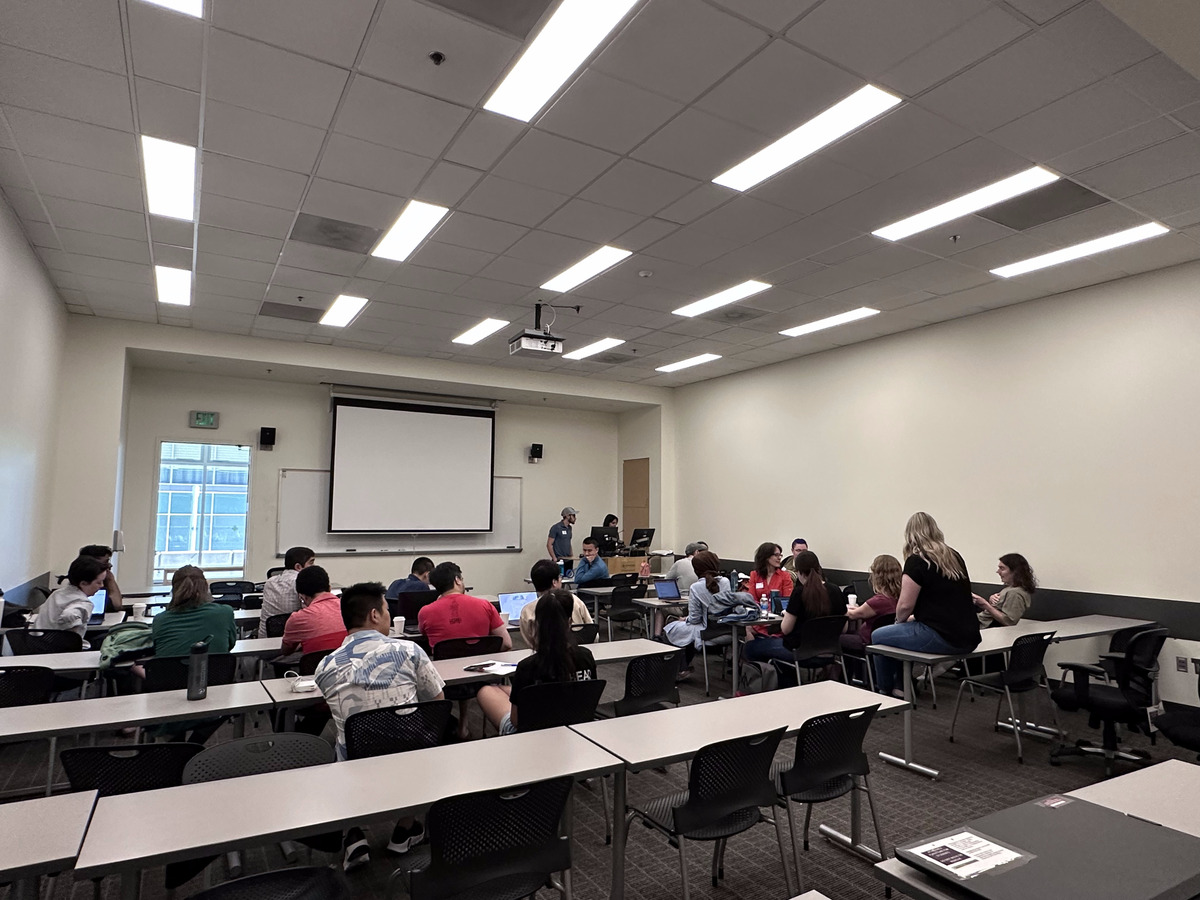
My group focused on those dismissive of climate change by making our play’s messaging about the economic benefits of sustainable farming and not mentioning climate change or related terms that immediately make it an argument over values.
For this group, it is imperative to focus on the benefits of actions that counter climate change without trying to convince them of it because that will make them resistant to your message.
Another group also focused on those skeptical about climate change. It approached this by making a chatbot to which farmers could ask questions, and the answers would provide ecology and economically-friendly solutions to their concerns. The end goal of this chatbot would be to use farmers already implementing these solutions to train the AI and make it an AI tool made by farmers for farmers.
In the panel discussion, the mentors and leaders of the event discussed the issues they perceived in communication around climate change. Dr. Ameeta Agrawal—Computer Science Assistant Professor at PSU and one of the event facilitators—pointed out that it can be challenging to engage with climate change action because “there is a tension there between what you really want to do and what you can do versus what really has an impact.”
A couple of different arguments came up that expanded on this point. First, it is hard to feel we can impact climate change when the people with the most significant impact often fail to act. “What we need is systemic-level change,” Dr. Suldovsky said. “We need politicians and corporations and people who are in power, who create the systems we use to actually act.”
However, we should also take action ourselves. However, fear of what is often labeled as out of our control or an inevitable disaster is counterintuitive and often stunts action. “When we communicate about risks, the threat is a piece of it,” Dr. Suldovsky said. “But if we leave it there, people don’t know what to do with that. And then people don’t act because they’re controlling their fear instead of controlling the threat.”
Instead of focusing on the fear or what we cannot control, it is essential to focus on what we have control over, what we can impact and our power to spread a message to a larger audience. The power of storytelling is part of that, as pointed out by Dr. Berens.
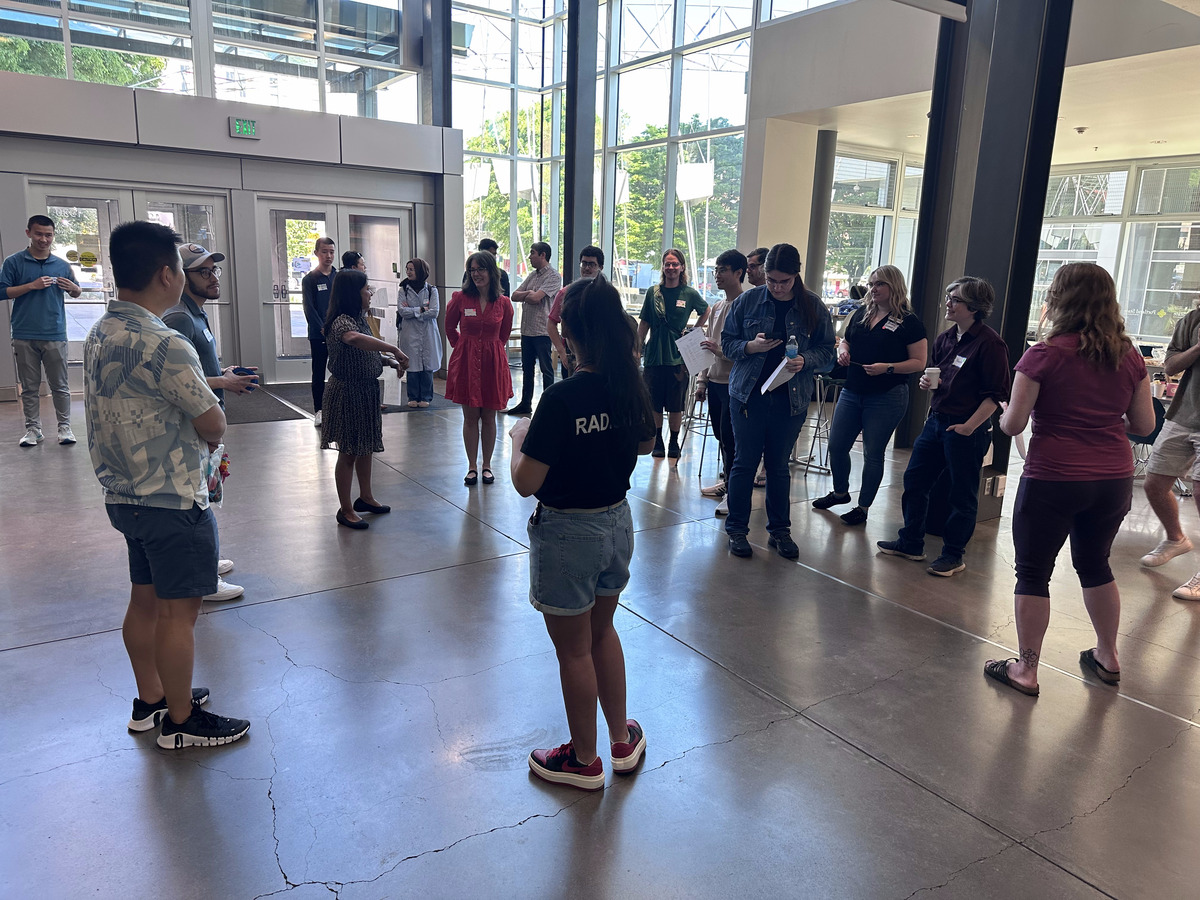
Moreover, it is important to focus on “tangible things [people] can do, and steps they can take that actually have an impact on the world and on the climate,” as Dr. Suldovsky said.
The focus on climate change was only part of the event. Another element of this event was to explore the role of AI tools in assisting with human creation and problem-solving. This also opened up a lot of debate on the appropriate use of AI tools and what this meant for future job prospects for the creatives in the room.
In exploring the art-generating AI tool Midjourney, Dr. Berens was struck by how efficiently and well the AI could generate images. “Wow, that’s a very expensive photo shoot gone,” she said. “Which is also to say, how many different people? That’s an art designer. It’s a person who manages the location. It’s all the lighting people. It’s the photographers. That’s a whole class of people who won’t have any say. And I’m not saying roll back time. I’m not saying that we’re Luddites. But there are human consequences that we do need to calibrate when we think about these things.”
While some AI creators are trying to slow development to allow regulators time to catch up in many ways, the cat is out of the bag. We are already years behind where we should be in regulating this, specifically in ensuring that the AI does not plagiarize other artists’ work—and people have already started using AI to generate images for book covers and the like.
“The problem is that legal remedies are much slower,” Dr. Berens said. “Computers are superhuman. They’re much, much faster than we can experientially understand, and so a legal remedy is going to take so much longer. All those book covers are going to be done and published before there’s a legal remedy.”
Further, when asked about the implications of AI in science, there is a big question mark as to whether or not scientific information created by AI is trusted more or not in the eyes of the public. “I can imagine if you’re not familiar with the tool, you might say, a computer’s more unbiased,” Dr. Suldovsky said. “I actually trust this information more because it does not have these same kinds of human flaws. But I think if you know a lot about the program, you actually trust it less. Because you go, I know what’s going on behind the scenes. I know how this text is generated, and I know that it gets things wrong.”
Many likely do not consider that these AI tools still learned from biased creators and that bias shows. While participants worked in our groups, the mentors and group facilitators ran a mini-experiment using Midjourney to test its bias.
They asked it to give them a picture of a scientist with no specifications other than that, and all four images it produced were white, older and male. Next, they asked it to produce several versions of a scientist, and almost every time, it produced the same biased response.
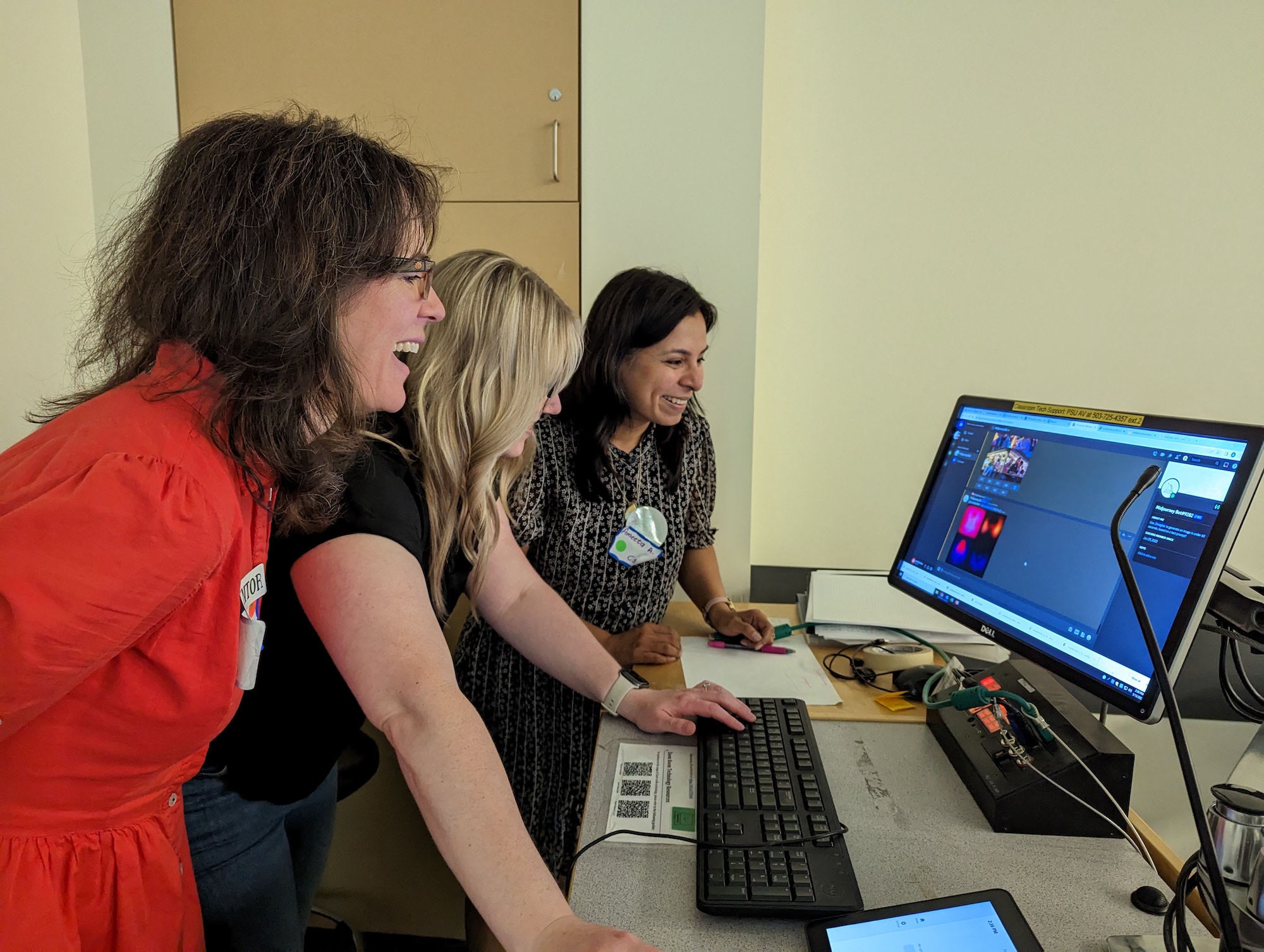
“Then we asked for a millennial scientist, and then we asked for a Gen Z scientist,” Dr. Suldovsky said. “Apparently, that’s when women came into play, when we said Gen Z scientist. Until then, it was all men.”
They did the same for what a professor looked like according to the AI, and the results were similar. “We asked, what does a tenured professor look like? Which [was] also a white man,” Dr. Berens said. “Then we searched what does an adjunct professor look like? And of the four options, it was three guys and an owl.”
As a student exploring these AI systems in many different ways, it made me think a lot about their implications in academia. For example, there are concerns over how students use them and how this changes the way universities might address plagiarism or integrate these new tools.
Dr. Agrawal pointed out that in the computer science department, students are definitely using these tools to enhance their work. “Somewhere halfway through the class, we actually did that ChatGPT assignment where everybody started using it actively,” Dr. Agrawal said. “Then, the paper reviews that came after that experiment and assignment were drastically different than what most students had written before.”
I began to wonder how this could impact academic writing and the potential for falsified data, but there seems not to be too much alarm about that. “In terms of technical writing and scientific writing, because you know that the current models of early 2023 are far from perfect, and as long as you’re trained to look for any inconsistencies, you will be able to tell that this is probably not written by a human,” Dr. Agrawal said.
This is why hands-on, interdisciplinary science events are so useful for society in addressing these important issues. They serve as platforms for knowledge exchange and inspire collective efforts toward advancement and innovation. Science events play a vital role in addressing complex challenges and shaping a better future by fostering collaboration and shared learning.

